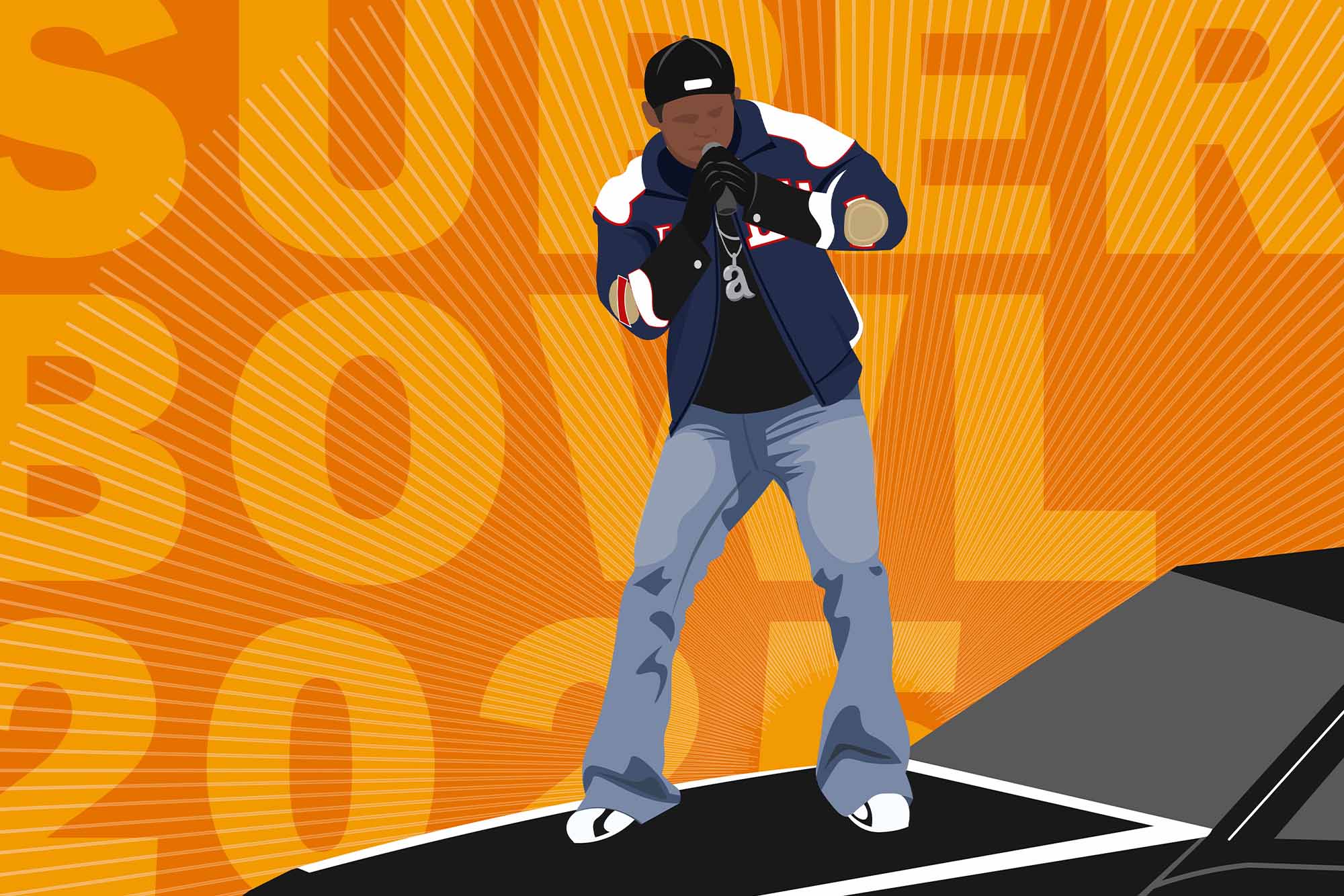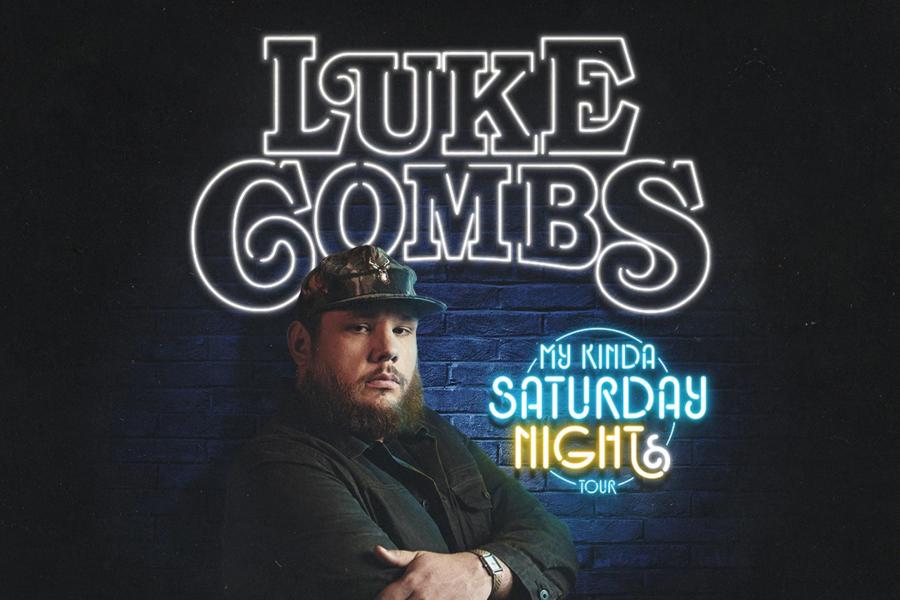The fans who packed the Caesars Superdome in New Orleans on Sunday may have rooted for different teams, but they were part of two shared experiences – Super Bowl LIX and Kendrick Lamar’s halftime performance.
Although Lamar recently won five Grammys, has been making hits since 2012, and his recent chart-topper “Not Like Us” has earned more than 1 billion streams, the Super Bowl served as an introduction of Lamar to many. His performance was packed – it covered a beef with fellow rapper Drake, featured Serena Williams “crip walking” (performing a dance move that originated in Los Angeles and was later adopted by hip hop artists) and showcased Samuel L. Jackson as Uncle Sam.
UVA Today talked to University of Virginia pop culture expert Jack Hamilton to dig into Lamar’s performance and assess its cultural impact.
The performance drew strong reactions on all sides, with celebrities, politicians and music fans sharing their opinions on social media. Hamilton gave it a thumbs up.
loved the show and serena ate that. I love rap music and hip hop culture man. shoutout to sza too & K dot 🐐 🔥 and #SamuelLJackson narrating was just chef kiss. well thought out
— Coco Gauff (@CocoGauff) February 10, 2025
Hamilton said Michael Jackson introduced the modern Super Bowl halftime show, with all its pageantry, in 1993. Lamar certainly delivered a spectacle.
Throughout the roughly 13-minute performance, Lamar teased “Not Like Us,” his biggest hit to date and the song that has made Universal Music Group (Lamar’s label) the subject of a libel lawsuit. The diss track targets Drake and, according to the musician’s lawyers, falsely accuses him of criminal activity.
But Lamar mostly rapped comparatively lesser-known songs, like the unreleased “Bodies” and “Man at the Garden.” That may be because Lamar is still reaching the height of his popularity.
Often, Hamilton said, musicians who perform at the Super Bowl are “legacy artists,” people who have already reached the peak of their musical careers – like Usher and Rihanna, two recent halftime performers.
“A lot of older artists treat the Super Bowl halftime show as a capstone,” Hamilton said. Usher, Lady Gaga and other previous halftime performers have a ton of hits to choose from. Lamar, despite his stardom, has fewer No. 1 songs.
He also recently released a new album, “GNX” (also featured during the halftime show) and is currently touring.

UVA pop culture expert Jack Hamilton, an avowed Kendrick Lamar fan, says the artist’s music is polarizing. (University Communications photo)
“He used it as an album promotion opportunity. It was a strategic choice, to get people to stream ‘GNX’ or buy the record,” Hamilton said.
Viewers on social media lauded the performance, but Lamar drew criticism from his detractors, too.
“Kendrick is obviously a massive star, but he’s not like Rihanna or Bruce Springsteen,” Hamilton said. Viewers expecting a musician with more mainstream appeal were likely to be let down.
“He’s also a fairly uncompromising musician, not someone who works in the pop vein the way, frankly, that Drake does. So, his music itself lends itself to a stronger response,” Hamilton said.
The performance was packed with references and Easter eggs for attentive listeners to find. During “Not Like Us,” for example, the camera cut to tennis star Serena Williams crip-walking. The cameo was doubly significant, as Williams is an ex-girlfriend of Drake’s and was assailed for doing the same dance at the 2012 Olympics after she defeated Maria Sharapova.
Lamar donned a chain with a lowercase “a” pendant, a possible allusion to a lyric referring to Drake in “Not Like Us”: “try to strike a chord and it’s probably a minor.”











